Missouri Botanical Garden, part 2
Yesterday I posted part 1 of my visit to the Missouri Botanical Garden. Today I continue on where I left off. I'm nearing the southeast corner of The Garden now, where there are more houses (that were once private residences and now serve various purposes), and some formal gardens.
This one is half-empty in preparation for the winter, but it's drawing me in anyway. I'm not a big fan of formal gardens like this, but if I'm not mistaken that is a "sea" of sedum burning my retinas with its yellowness, and I love sedum so just have to take a closer look.
Yes, definitely sedum:
Definitely retina-burning too. Amazing!
Even more amazing though are the pots of different sedum and other succulents:
I'm really not sure what those flowering succulents are. They look like sempervivum but semps don't flower like this:
Are they aeonium? Echiveria? I just don't know. I like them though, as do the bees -- they were swarming all over these blooms! (Somebody please ID these for me!)
I saw lots of plants in this area that I'd like to try in my own garden, like this beautiful Deodar cedar (I learned from the tag):
I really don't have room in my yard for a tree of this size... or do I? Maybe I can convince a neighbor to plant one.
Since I've never really ventured into this part of the Garden before, I'm seeing lots of new things. Like this little Christmas tree farm with a lighthouse in the middle of it. Wait, what?
Oh, it's a maze, with an observation tower!
I seem to remember reading something about the maze being reworked in the last few years. I guess that's why the walls look a bit thin and short. Great for kids, but they're not going to be holding any Triwizard Tournaments here anytime soon.
There was a really nice hyacinth bean vine in the middle of it though:
Next up, a huge concrete box jutting out of the ground:
That's fantastic! I love this idea and need to incorporate it into my own garden somehow.
Oh, it's just the back of a fountain (currently non-functional):
That's a little disappointing for some reason. I'd rather it were just a big chunk of concrete.
Way in the back near the southern edge of The Garden are administrative buildings and some other inaccessible areas -- probably the reason I've never walked back here before. The beds surrounding them and their parking lots are still full of some great plants, like what appears to be a castor bean plant, but bushier, and with no seed pods:
I've seen this plant growing in two other places locally, but I don't know for certain what it is. It's one of my goals this winter to find out and make sure I'm growing it next year. As nice as my castor bean 'Carmencita' are, these look even nicer.
Back here are more bald cypress trees, probably the largest in the Garden:
 |
| You can't tell, but this is at least 3' in diameter, maybe more. |
Actually, here's the proof that this specimen is the oldest (and therefore probably largest):
Over 130 years old! Actually that's not too amazing for this species, as I've read that they can live several hundred years -- possibly 600 or more.
This one looks a bit different, as it has dangling seeds (I believe). It must not be a bald cypress...
Which means it must be a dawn redwood:
Although you can't see the plant tag, that's what it says. The trees are similar, and both are really fantastic trees. Here's a side-by-side comparison:
Both have the fluted (ridged) trunks, similar foliage, and get pretty huge. Before I planted my bald cypress I debated for a while which of the two to plant.
I may still plant a dawn redwood in my yard if I can find space or take out some of the less-desirable trees. Again, maybe I can get a neighbor to plant one (a great strategy when you're out of planting room).
Whoever decided to make this building out of mirrored glass was very smart. Not only are the bald cypress reflected here, everything else is too. It's as if there's really no building here -- well, to some extent.
So I emerge from the previously unexplored corner of The Garden, and get back onto a more familiar path, one that leads to the English woodland garden.
I can't resist photographing benches, especially when they're covered in lichen:
This mossy area was so inviting too:
I don't typically get too artistic with my garden photos, but sometimes I like to experiment:
The woodland garden is cool and shady -- at least it's cool at this time of year. In early August I'm sure it's still pretty warm, even in the deep shade.
I'm not used to seeing large trees (this one had a 2 foot diameter) with such smooth bark. Of course I've completely forgotten what type of tree this is.
One great thing about this place is they have benches not only on the walkways, but they've "hidden" benches in various places, at the ends of little paths. Every one of these I saw was occupied by a solitary reader.
There are great little discoveries to be made everywhere, not just with plants and sculpture, but with other man-made objects like this short stone wall:
Or more benches:
The red benches are really beautiful, and signify that I'm entering one of the most well-known and loved parts of The Garden: the Japanese garden.
These pines let you know too. What are they exactly? I don't see any in-ground plant markers here. Luckily a lot of the plants have their permanent ID tags readily visible:
So you can see this is Pinus nigra, the Austrian or European Black Pine. Not a very Japanese species, but these must have been pruned and shaped to some extent -- they fit this garden perfectly.
I'm not ready to talk about the Japanese garden yet, as this is a great point at which to end this part of my tour.
More to come!
.

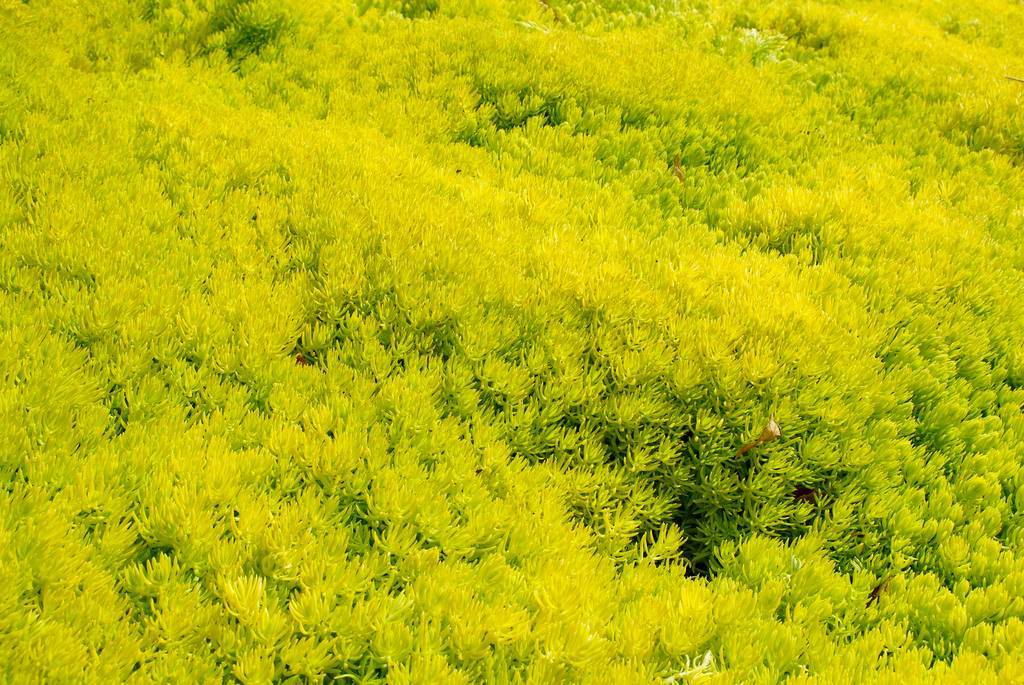
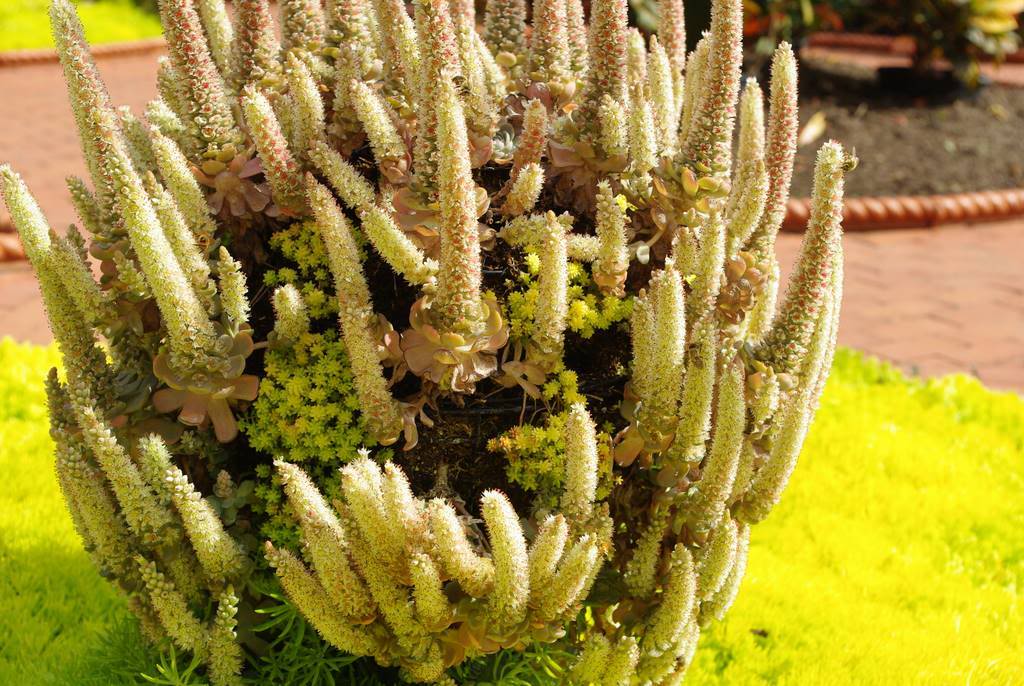
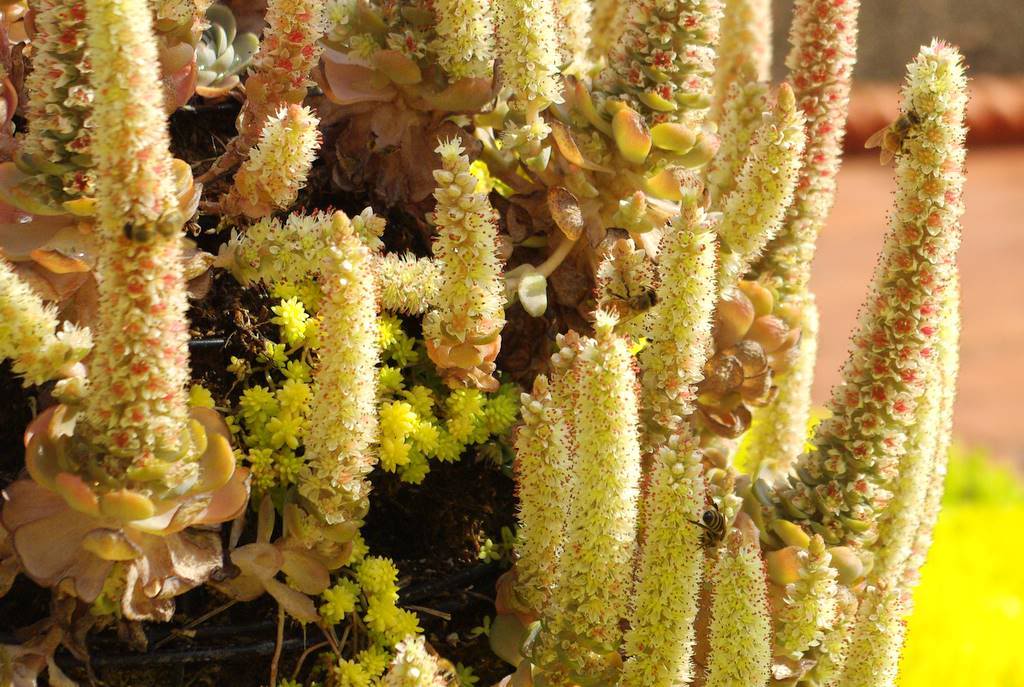


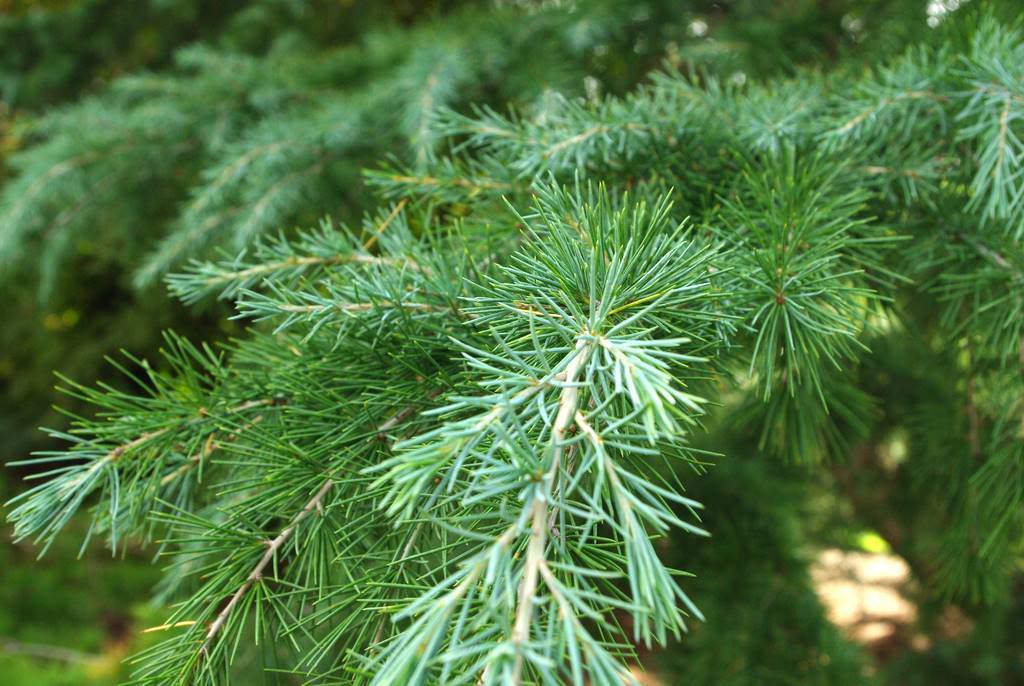
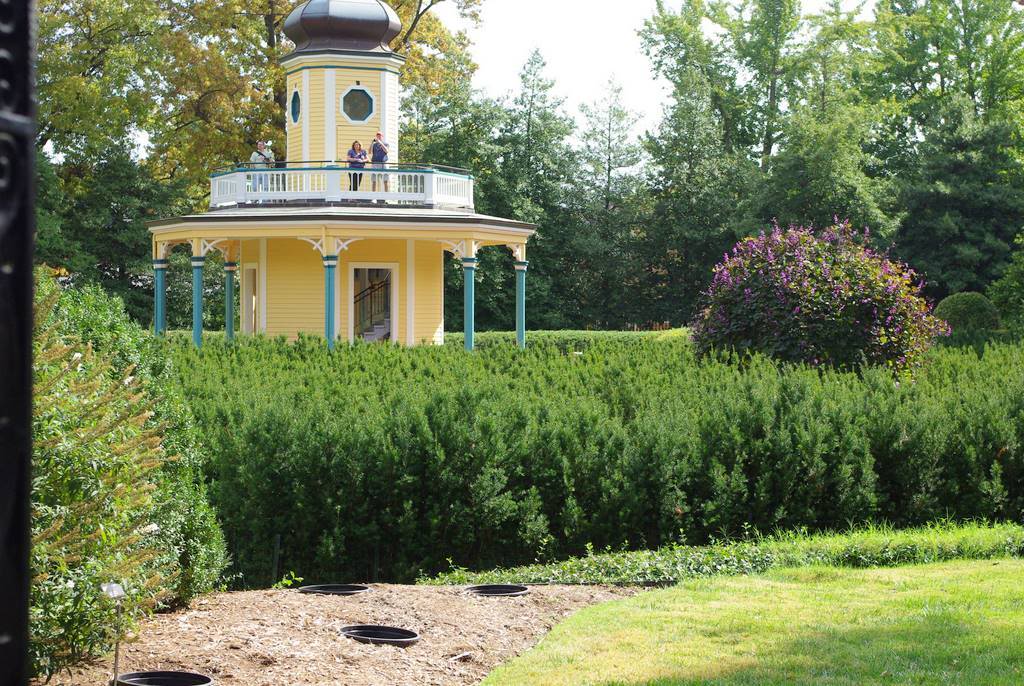

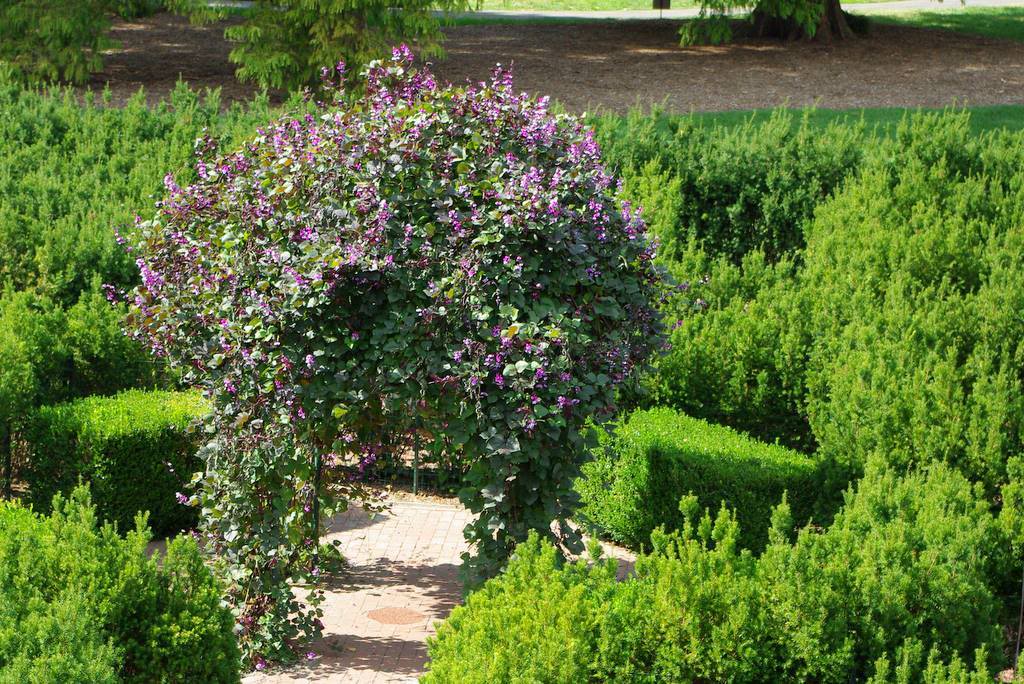

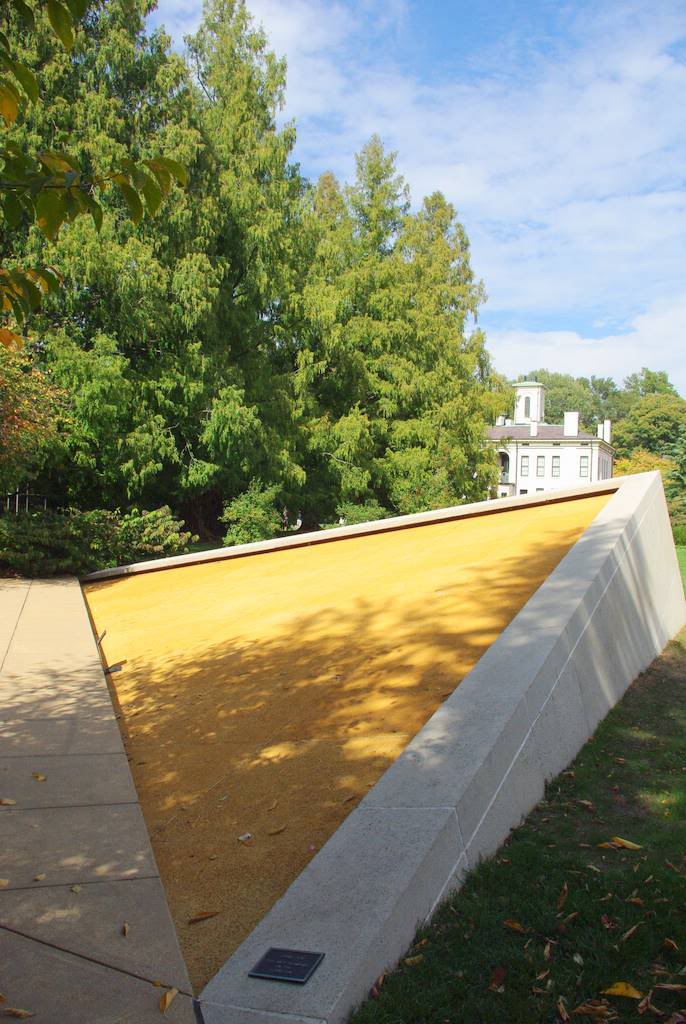

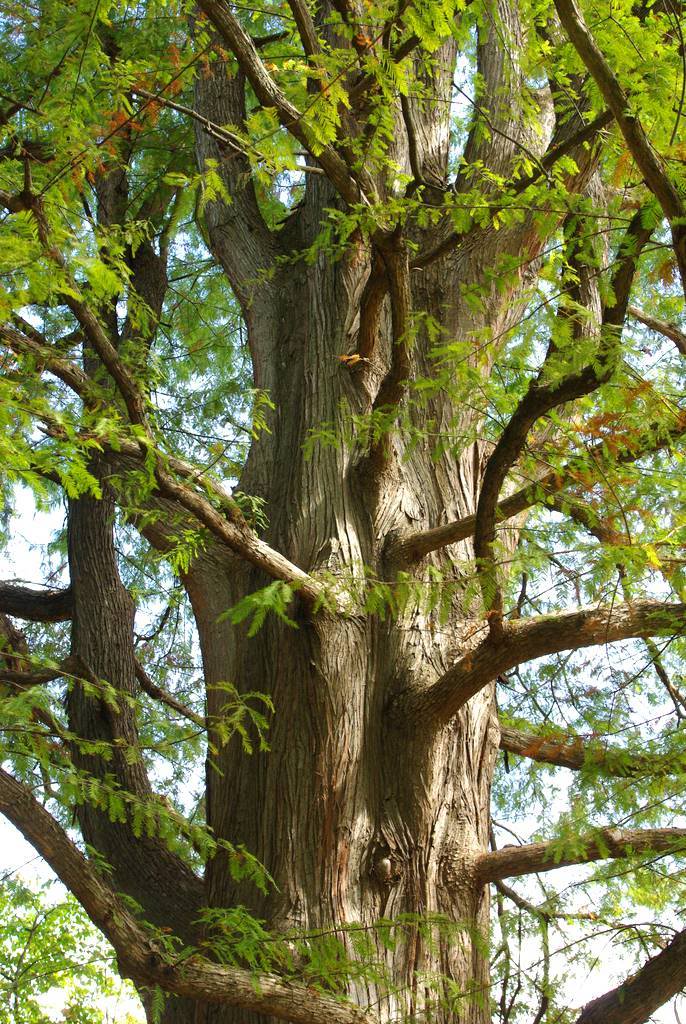
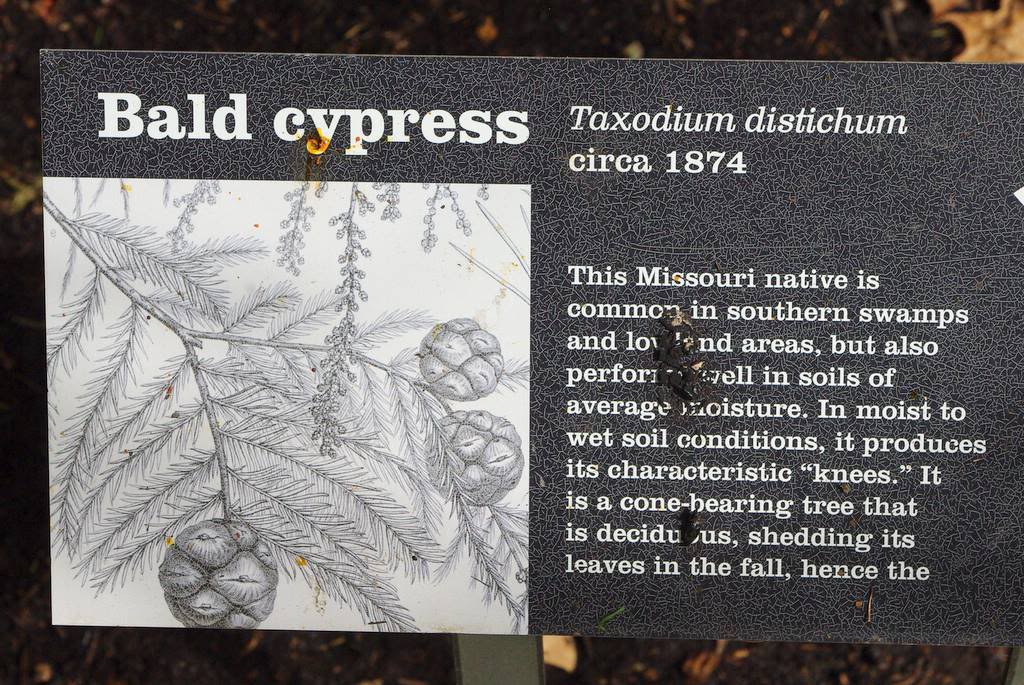

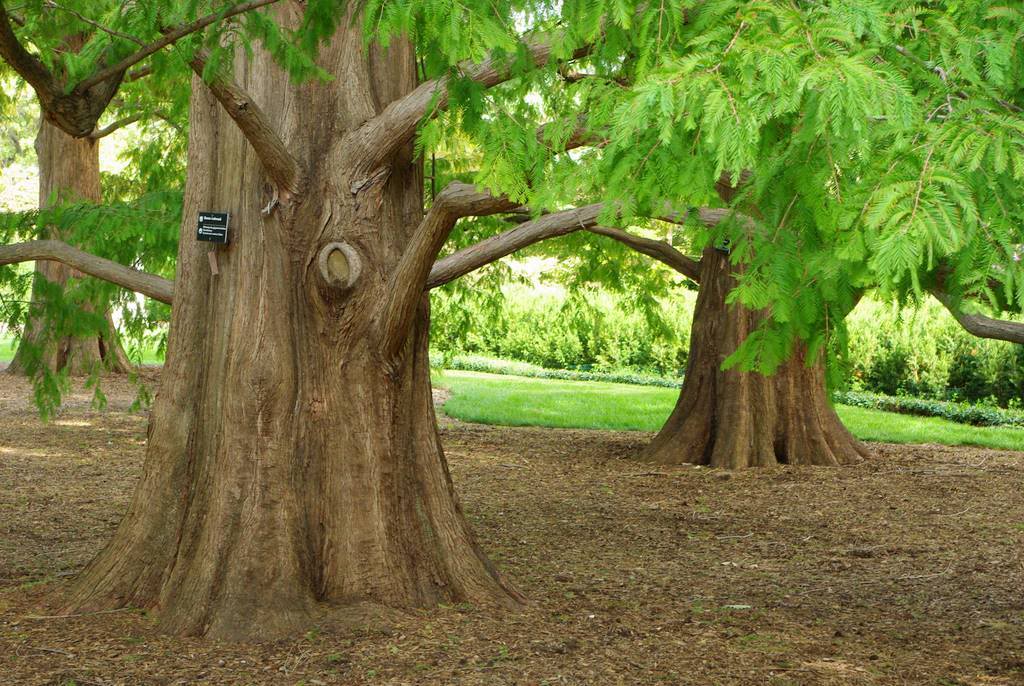
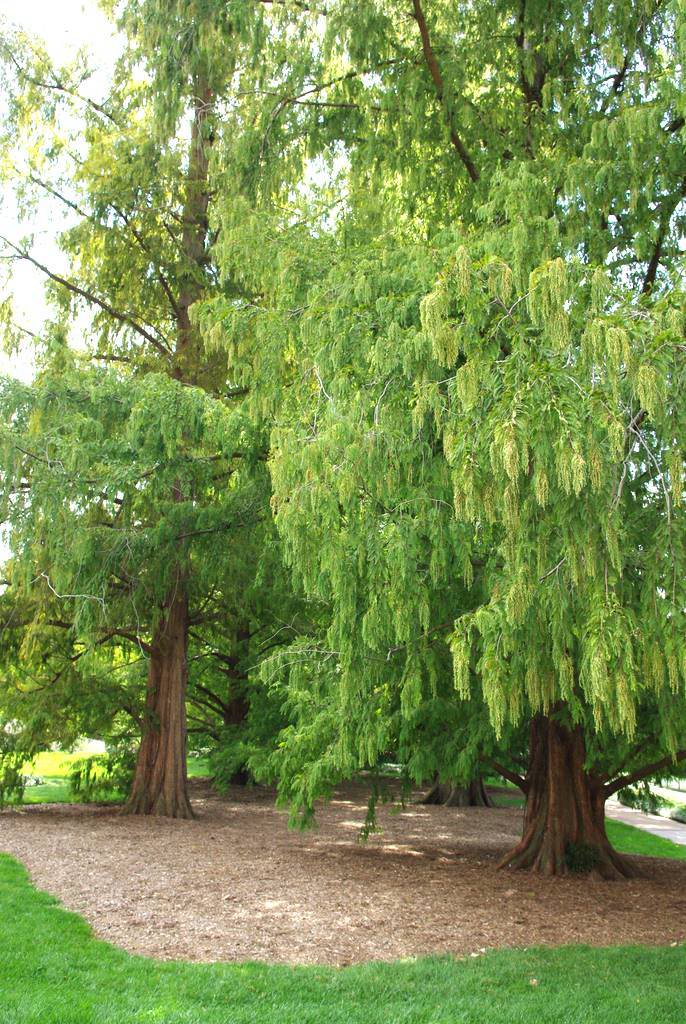
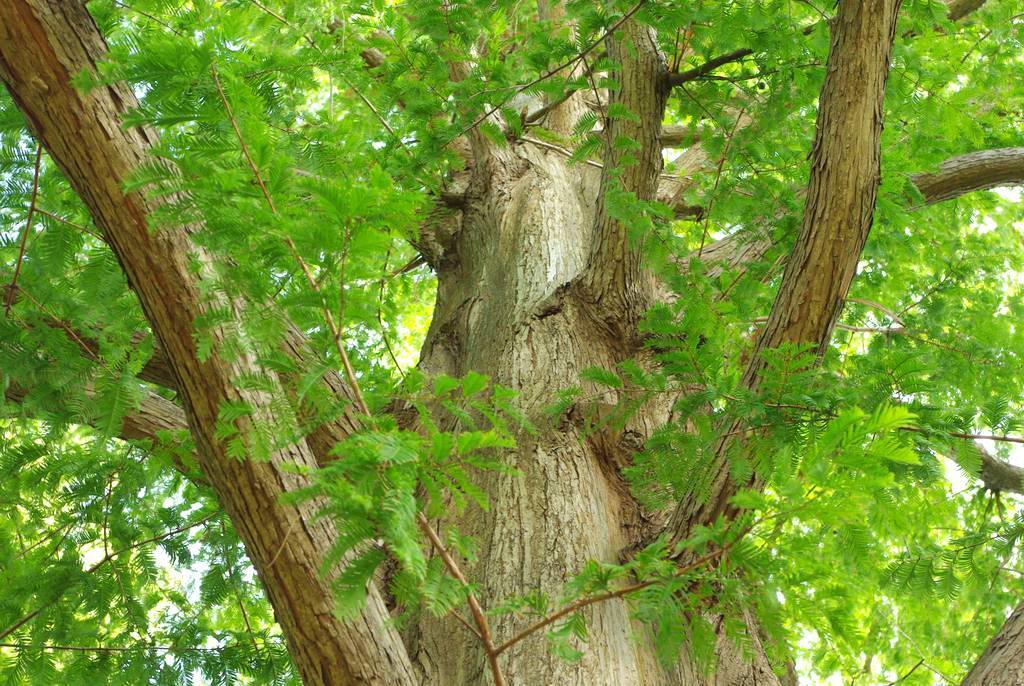
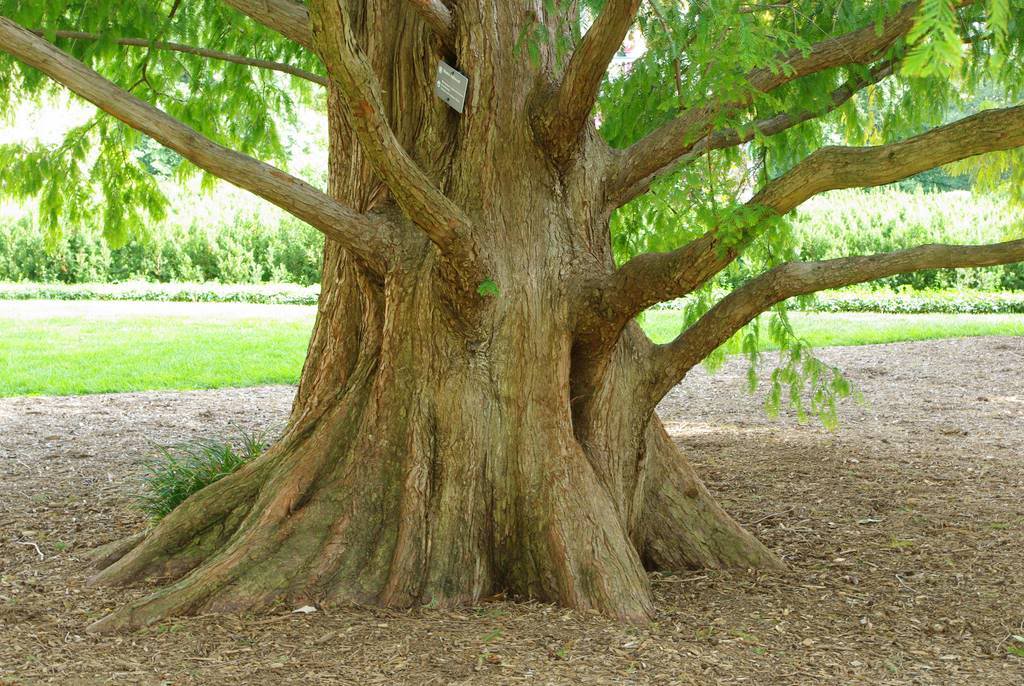
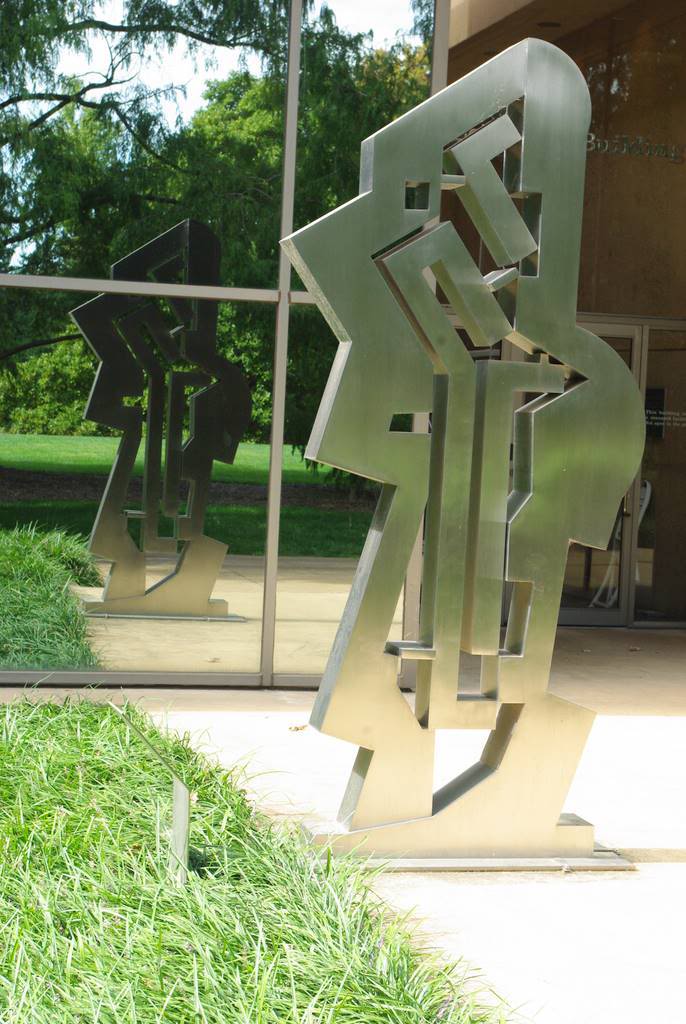
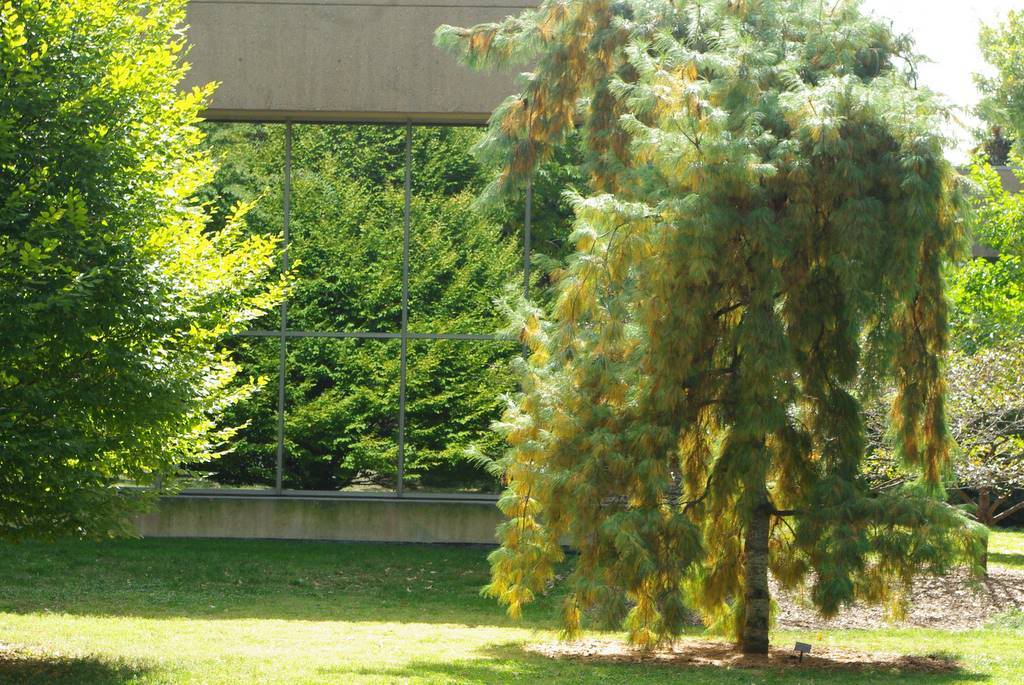

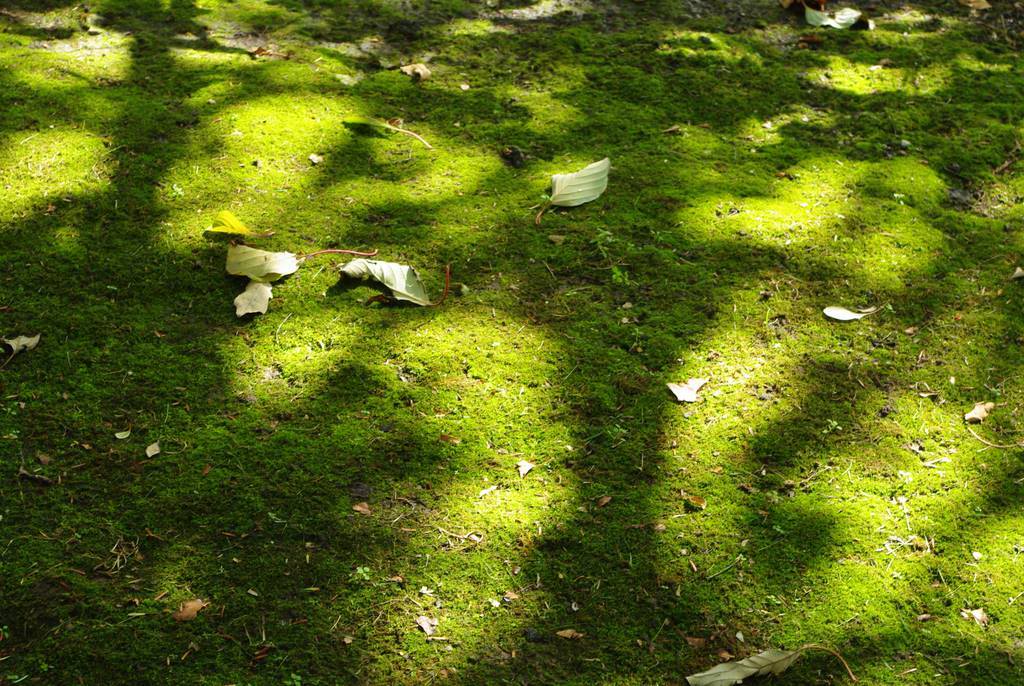
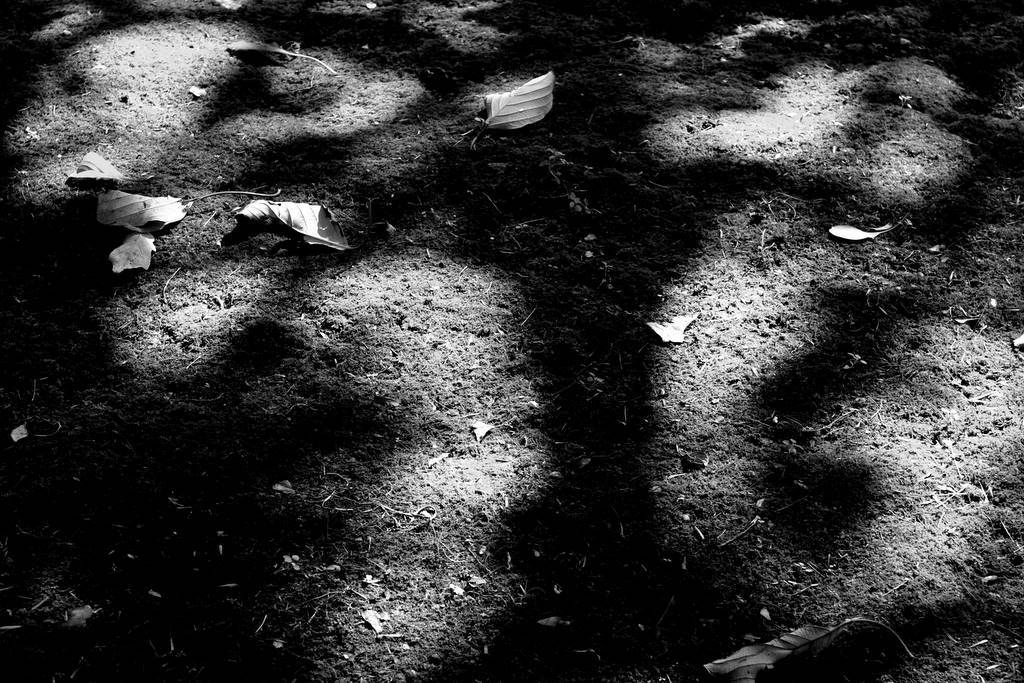
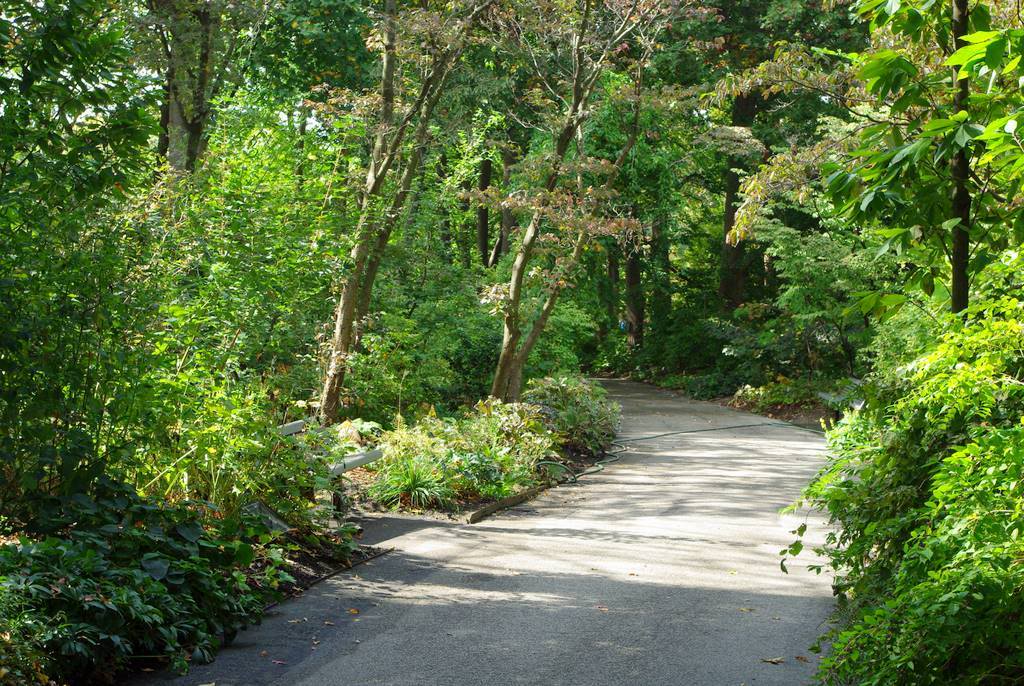
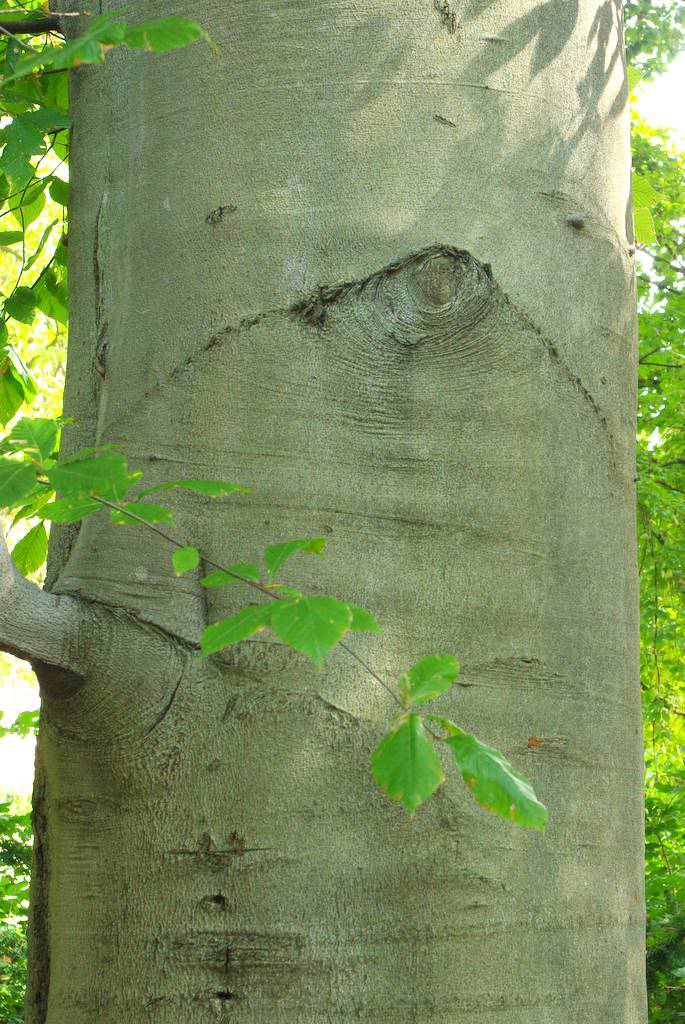
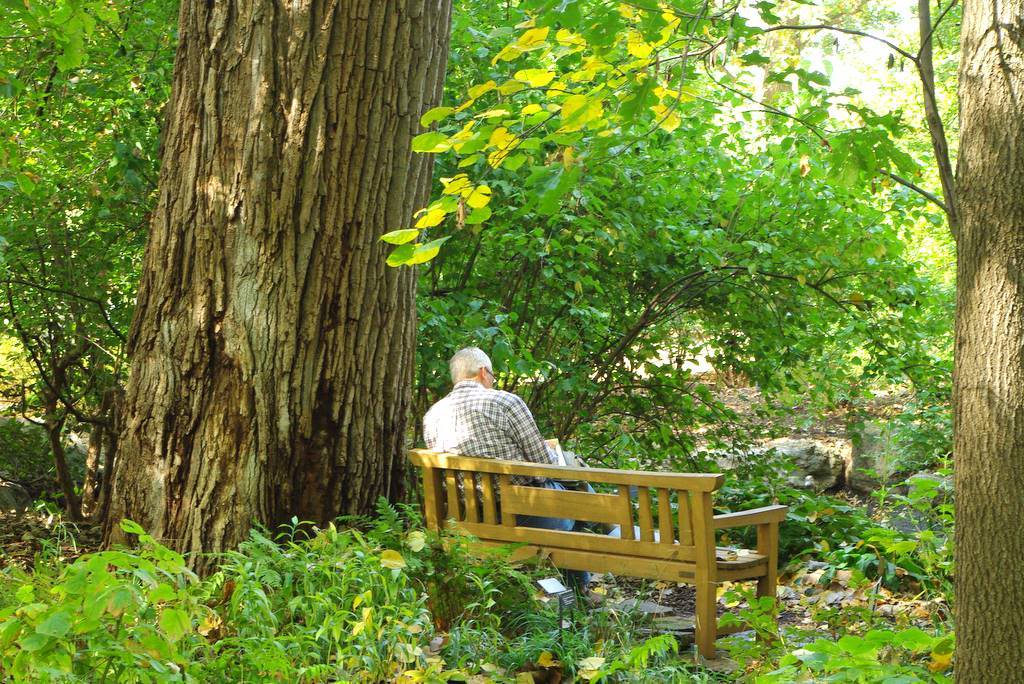
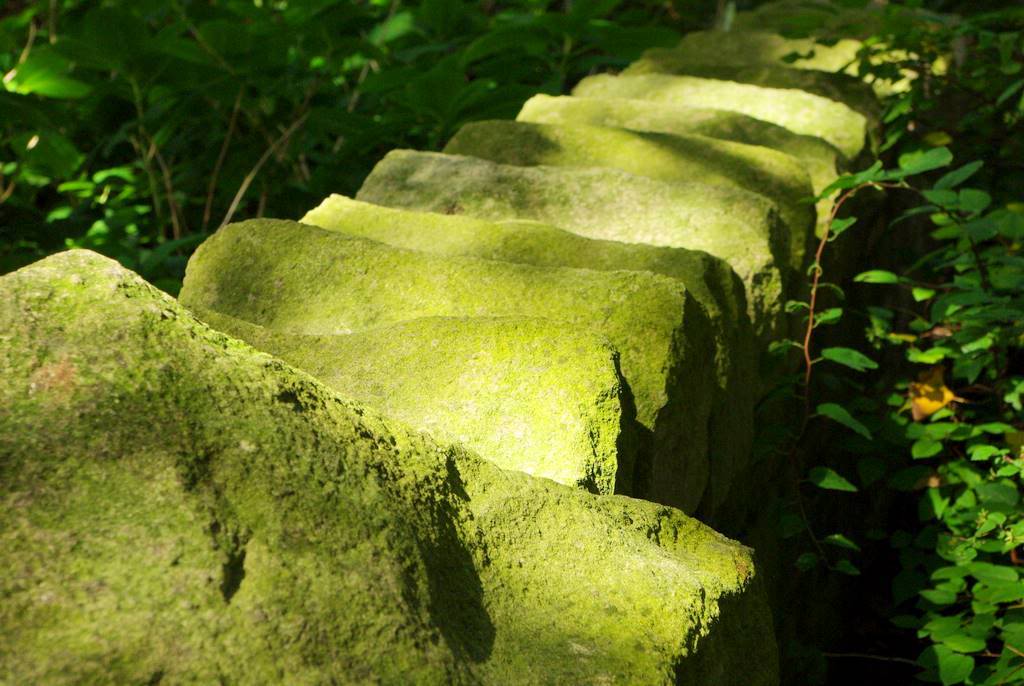
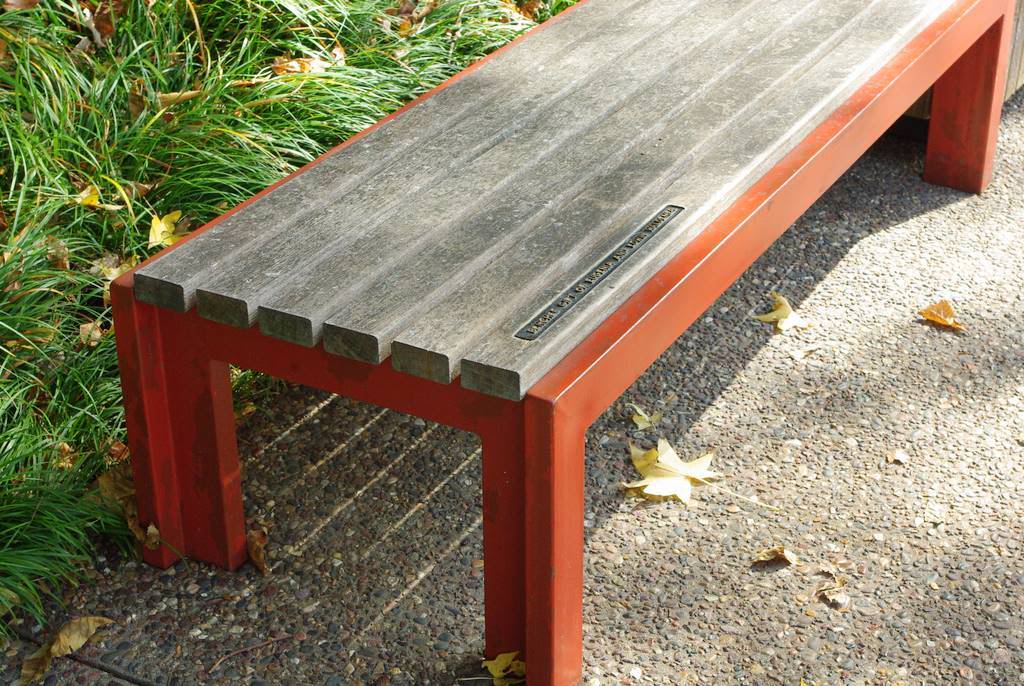
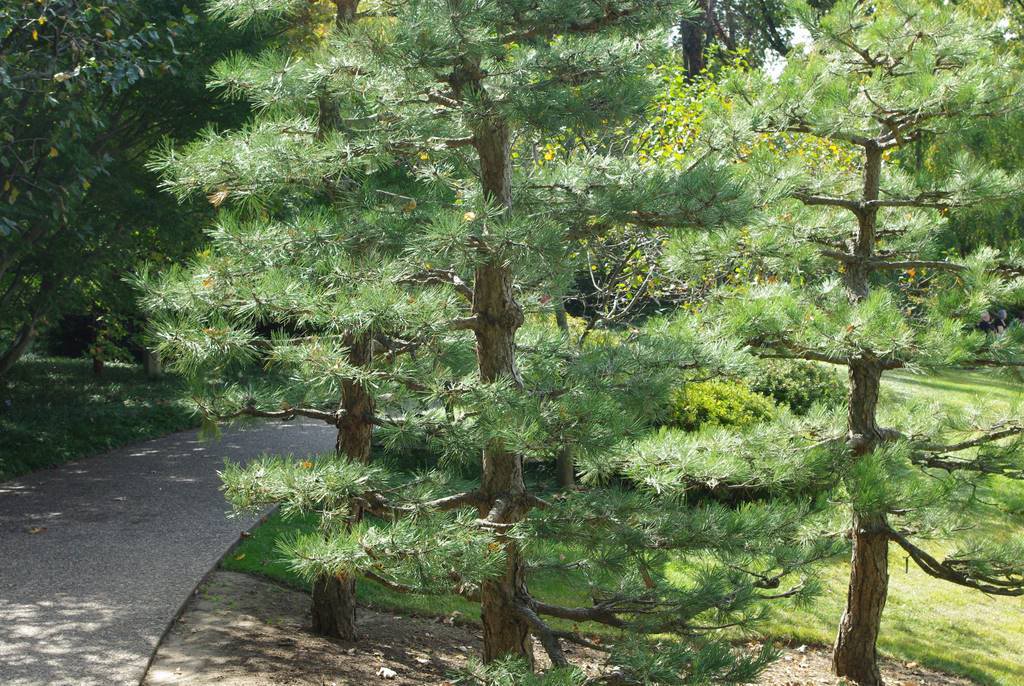
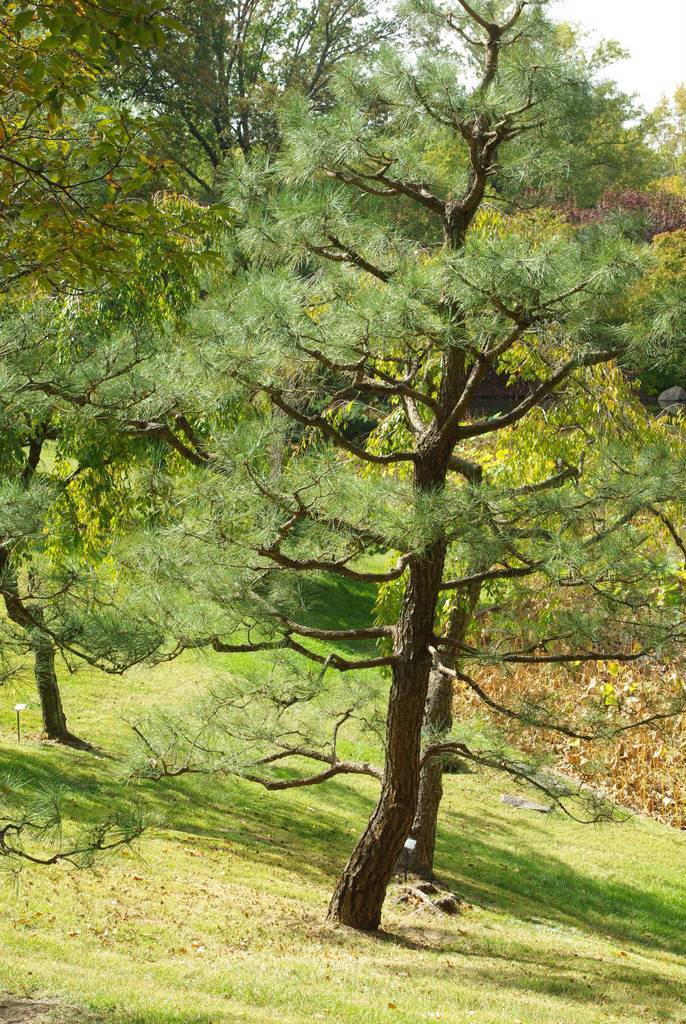

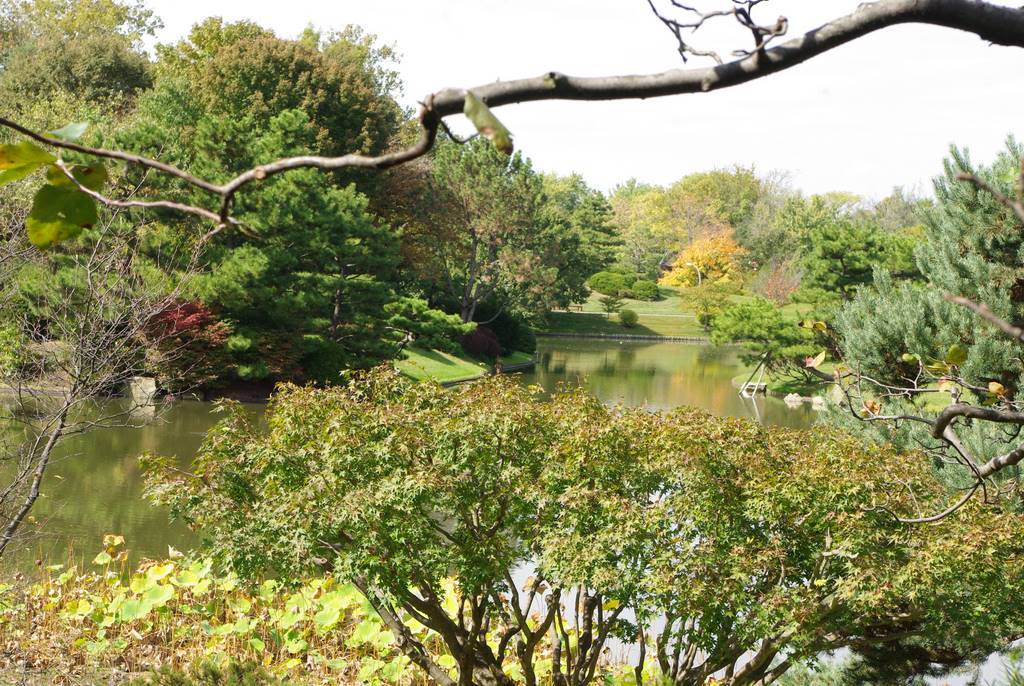




Alan, another great post! There are so many features I'd love to have in my garden, like that moss-covered stone wall.
The flowering succulent is an orostachys. I don't know which species, but there aren't very many.